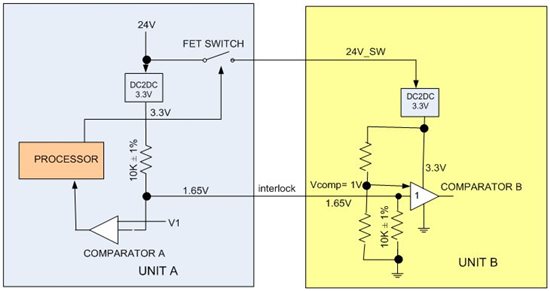I got the below question:
Problem: I would like to use comparator LM139 or similar
normal operation:
single supply 15V
input - 14.5V
input + 10v
output : open collector
unnormal operation:
no supply
input - 14.5V
input + no voltage
output : open collector
How i can promise no damage to the device and no input latchup.
may be you have another device that can promise it
or there is way to add a high resistor in series to the- input.


